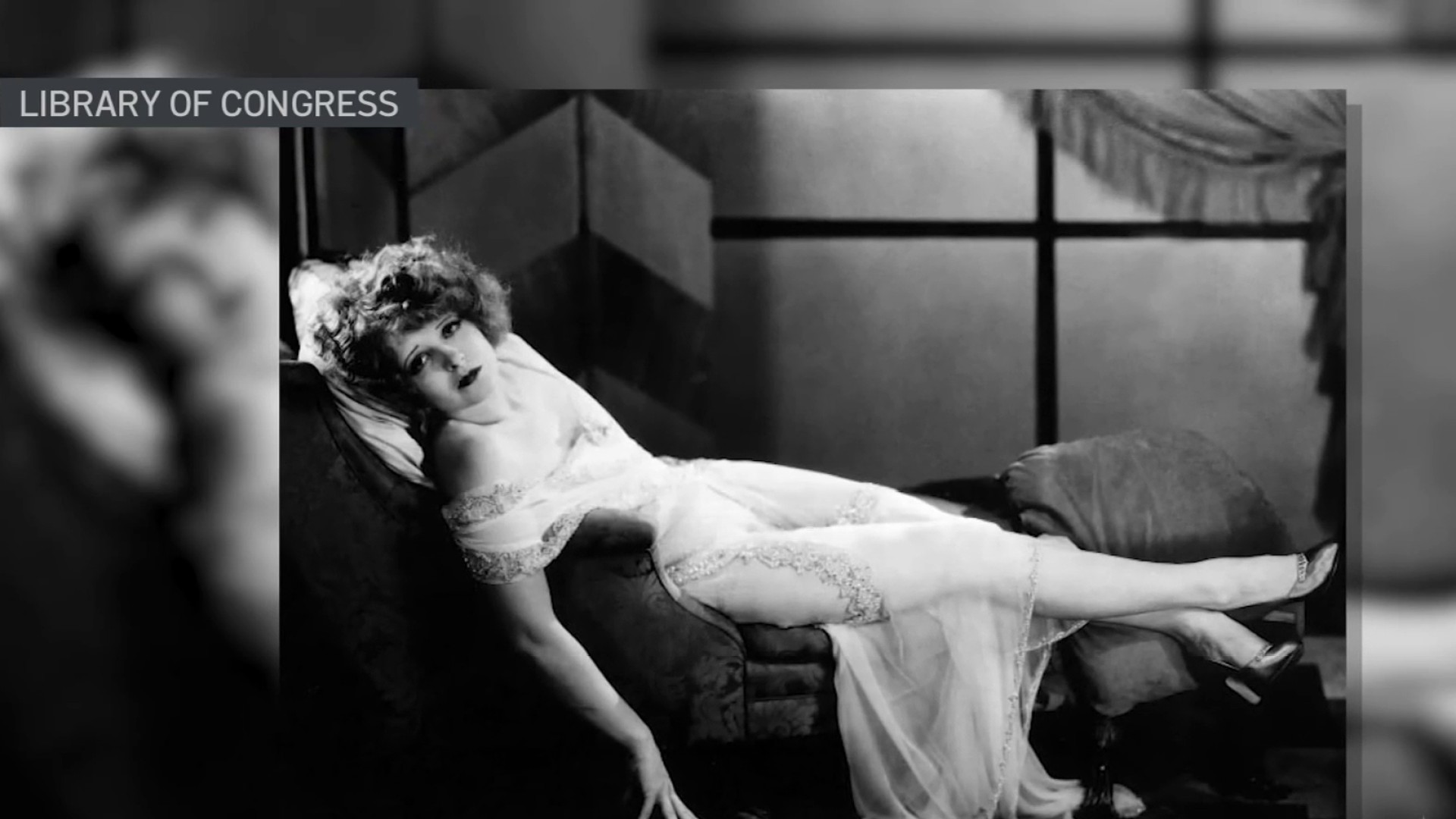Not everyone has the ability to literally shoot for the moon the way the Apollo 11 astronauts did almost 50 years ago. But photographers have taken the time to shoot photographs of the celestial body, almost since photography was first introduced in 1839.
Now, the National Gallery of Art is displaying a new exhibit, “By the Light of the Silvery Moon: A Century of Lunar Photographs,” based around “a select survey of lunar photographs,” according to a press release from the museum. The exhibit presents 50 works merging art and science and aims to showcase how humans think about the cosmos.
The works on display are from the 100-odd years between the 1850s, when the first photos of the lunar landscape were successfully created, and the “space age” 1960s, when Neil Armstrong and Buzz Aldrin took glass stereographs on the moon’s surface.
Other photographs on display include images taken in Lewis Rutherfurd’s Manhattan observatory in 1865, ones taken in the Paris Observatory in 1896, and photographs from 1914 from a project that attempted to systematically map the entire visible lunar surface.
There will also be photos taken by the American Ranger, Surveyor and Lunar Orbiter spacecraft, which were sent to space to help NASA plan where to land Apollo 11.
The exhibit, curated by Diane Waggoner, will be on view from July 14 to Jan. 5.
In addition to the photography exhibit, the museum has put together a series of moon-related activities.
The Scene
The most fun things to do and places to be in D.C., Maryland and Virginia
In April, on Easter Sunday, there was a concert called “The Lunar Effect” in the West Garden Court of the museum. The concert created “a story of how the moon has inspired wonder and fear in various cultures since the human journey began,” according to the museum’s press release.
Beginning July 20, the National Gallery of Art will also host a film series based on the moon and other space objects.
The first film in the series is the 1983 movie “The Right Stuff,” followed by “Cycles, Tides, and Rhythms: The Moon on Film,” an assemblage of short films about the moon from the years 1902 to 2014. On July 21, the museum will screen the 1974 film “The Man Who Fell to Earth” starring David Bowie.
Finally, on Oct. 20, there will be a lecture in the National Gallery’s West Building Lecture Hall called “The Moon in the Age of Photography.”



